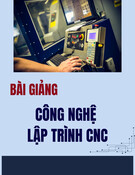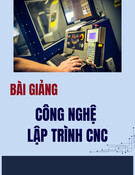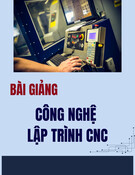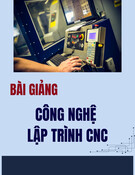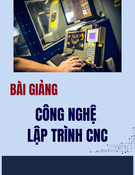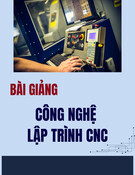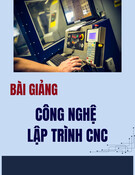
Chương 9
Gia công tinh bằng hạt mài tựdo


Abrasive jet machining (AJM)
Abrasive jet machining (AJM), also known as abrasive micro-
blasting, pencil blasting and micro-abrasive blasting, is an
abrasive blasting machining process that uses abrasives
propelled by a high velocity gas to erode material from the
workpiece.
Common uses include cutting heat-sensitive, brittle, thin, or hard
materials. Specifically it is used to cut intricate shapes or form
specific edge shapes.

Process
Material is removed by fine abrasive particles, usually about
0.001 in (0.025 mm) in diameter, driven by a high velocity fluid
stream; common gases are air or inert gases. Pressures for the
gas range from 25 to 130 psig (170–900 kPag or 4 bars) and
speeds can be as high as 300 m/s (1,000 km/h).

Equipment
AJM machines are usually self-contained bench-top units. First it
compresses the gas and then mixes it with the abrasive in a
mixing chamber. The gas passes through a convergent-
divergent nozzle before entering the mixing chamber, and then
exits through a convergent nozzle. The nozzle can be hand held
or mounted in a fixture for automatic operations.
Nozzles must be highly resistant to abrasion and are typically
made of tungsten carbide or synthetic sapphire. For average
material removal, tungsten carbide nozzles have a useful life of
12 to 30 hours, and sapphire nozzles last about 400 hours. The
distance of the nozzle from the workpiece affects the size of the
machined area and the rate of material removal.



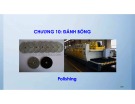

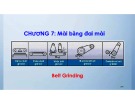
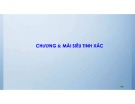
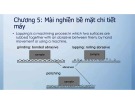
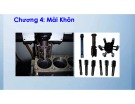
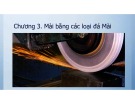
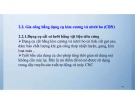
![Bài tập tối ưu trong gia công cắt gọt [kèm lời giải chi tiết]](https://cdn.tailieu.vn/images/document/thumbnail/2025/20251129/dinhd8055/135x160/26351764558606.jpg)




